It never fully hit me until the moment we landed that I was going to Antarctica. Arriving in King George Island literally took my breath away. It felt like I was on a whole different planet. All I could see around me was barren, grey to greenish-grey bedrock. We had arrived in the Antarctic Peninsula to learn and observe first-hand the processes controlling the melting of the Antarctic ice sheet.
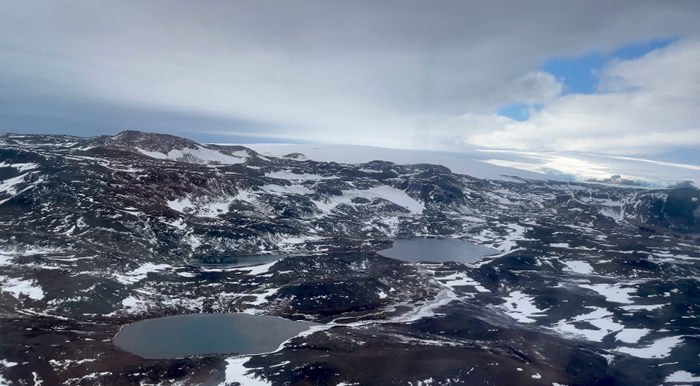
King George Island where we landed, viewed from the plane (Source: Fang Yi Tan/Earth Observatory of Singapore)
Standing in front of the ship where we would stay on for the next couple of days was a perfectly hemispherical ice sheet, just like we see in schematics in papers. The scale of it was phenomenal. I was about to set foot on an ice sheet in Antarctica – a place I have been learning about during my PhD that could cause rapid sea-level rise in Singapore.
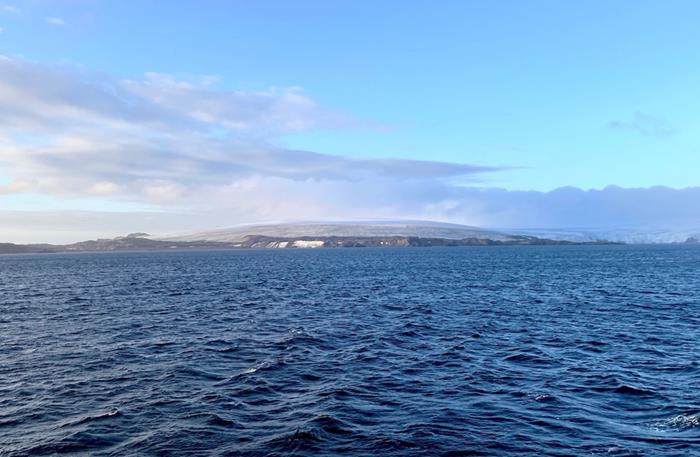 View of ice sheet shortly after arriving in the South Shetland Islands (Source: Fang Yi Tan/Earth Observatory of Singapore)
View of ice sheet shortly after arriving in the South Shetland Islands (Source: Fang Yi Tan/Earth Observatory of Singapore)
It only got more eye-opening from then on. We journeyed southwest from the South Shetlands through the Bransfield Strait down to the Gerlache Strait, at times riding swells of about three metres.
We used smaller zodiacs to land on shore. On our zodiac rides out from the ship, I began to notice processes I often read about – those that could cause the dynamic collapse of ice sheets. Ice sheets that terminated in the sea were heavily crevassed and fractured compared to ice sheets that terminated on land. I observed this consistently in multiple locations, and each time I was in awe at how the bedrock influences the presence of crevasses in the ice sheets. Seeing the hydrofacturing and ice cliffs in person gave me a better appreciation for marine ice-cliff instability – a process that could lead to the sudden collapse of the ice sheets and rapid sea-level rise.
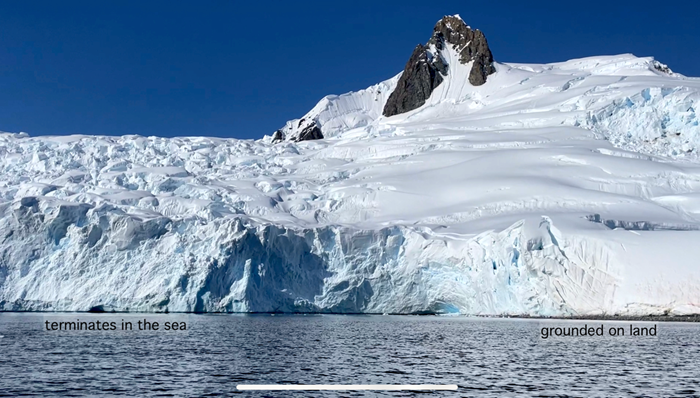 Photograph of ice sheet being heavily crevassed where it terminates in the sea (left) versus where it is grounded on land (right) (Source: Fang Yi Tan/Earth Observatory of Singapore)
Photograph of ice sheet being heavily crevassed where it terminates in the sea (left) versus where it is grounded on land (right) (Source: Fang Yi Tan/Earth Observatory of Singapore)

Photograph showing the hydrofractures in the ice sheet (Source: Fang Yi Tan/Earth Observatory of Singapore)
The landscapes in Antarctica were diverse, from mountains with sharp peaks and depressions that were carved out glaciers, to thick ice sheets and even active volcanoes. We collected air samples from a variety of locations to study how the microbes in the air in the most pristine and remote continent of Antarctica compares to other parts of the world. We collected samples next to an ice sheet, within the crater of an active volcano, and from multiple locations aboard the ship.
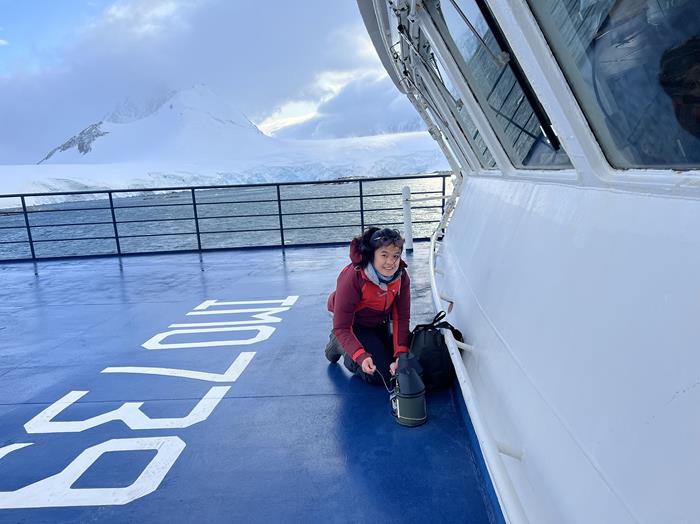 PhD student Fang Yi Tan preparing the equipment for air sampling (Source: Earth Observatory of Singapore)
PhD student Fang Yi Tan preparing the equipment for air sampling (Source: Earth Observatory of Singapore)
The air samples will be analysed by our collaborators from SCELSE, a leading biofilm and microbiome research centre in Singapore. They could provide key information about how microbes respond to different environmental conditions and how that may be impacted by climate change.
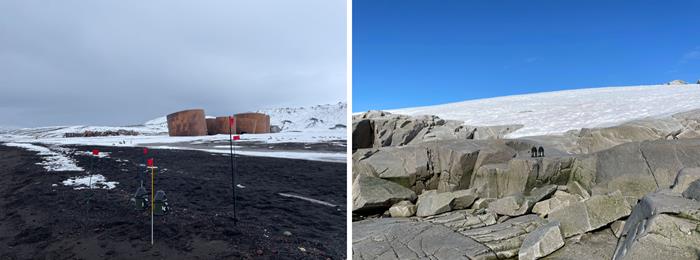
(Left) Air samplers deployed at Deception Island, an active volcano. In the background is an abandoned whaling station that was destroyed by a lava flow in 1969. (Right) Air samplers deployed next to an ice sheet at Portal Point. (Source: Fang Yi Tan/Earth Observatory of Singapore)
The wildlife that we encountered both on land and at sea was plentiful, and seemingly oblivious to our presence.
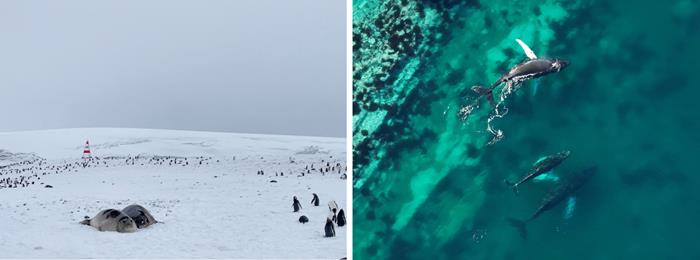
(Left) Young elephant seals and penguins at Yankee harbour (Source: Fang Yi Tan/Earth Observatory of Singapore). (Right) Humpback whales captured by our drone (Source: Sandra Lim)
Even in this remote continent, we saw the impacts of humans on the environment. Scattered across Antarctica were abandoned whaling stations, which are testament to the success of putting the whaling industry in Antarctica to a halt, and to the subsequent recovery of the humpback whales from a state of near extinction in the 1950s.
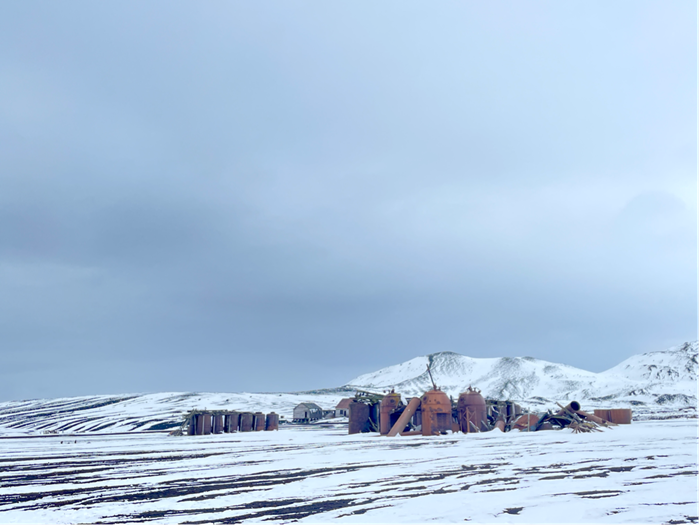
Whaling station at Deception Island destroyed by the 1969 eruption of Deception Island volcano (Source: Fang Yi Tan/Earth Observatory of Singapore)
The fishing industry has since moved on to a different species: the Antarctic krill. Krill populations may be more vulnerable due to the projected decline in sea ice that provides shelter for krill. A better understanding of krill ecology and ocean currents would help future management strategies in the region.
My expedition to Antarctica was a humbling experience and has brought me a renewed sense of purpose in what I do as a sea-level scientist. Our actions and climate change affect the ice sheets in Antarctica, which in turn impact us. This is because when the ice sheets melt, sea level rises in tropical locations close to home that are far away from these ice sheets. The scale of the ice sheets is beyond what I could have imagined, and I only saw the very tip of the Antarctic Peninsula.
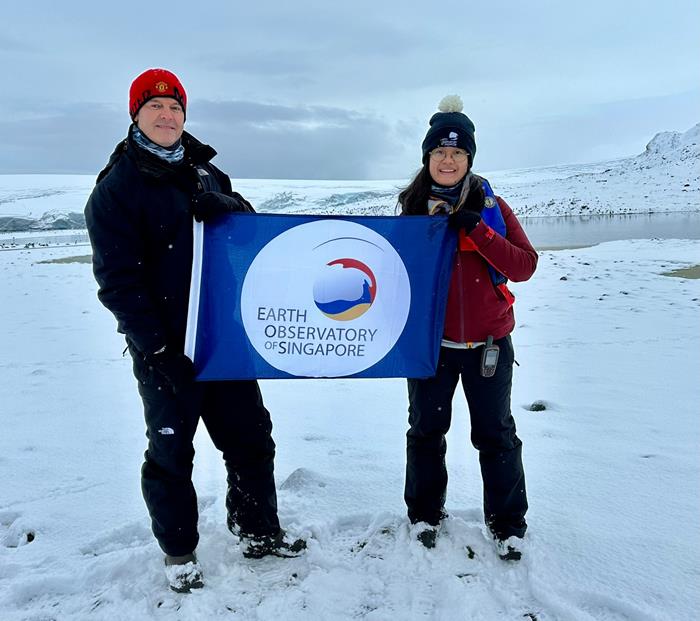
PhD student Fang Yi Tan and her supervisor, Professor Benjamin Horton, Director of the Earth Observatory of Singapore (Source: Earth Observatory of Singapore)
View more photos about the expedition below:
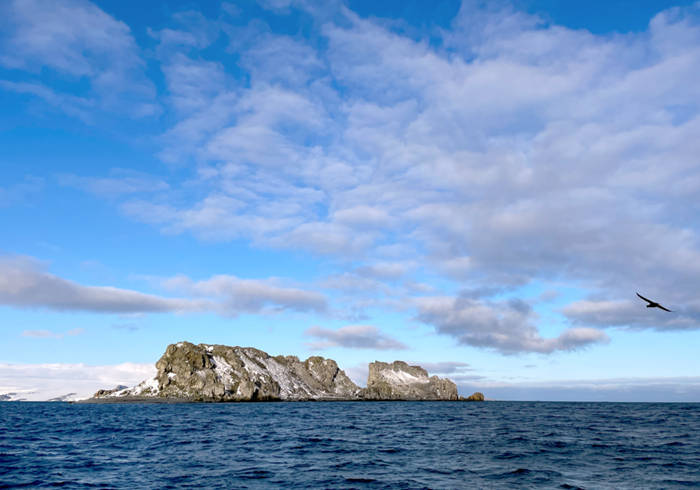
View on our zodiac cruise near King George Island (Source: Fang Yi Tan/Earth Observatory of Singapore)
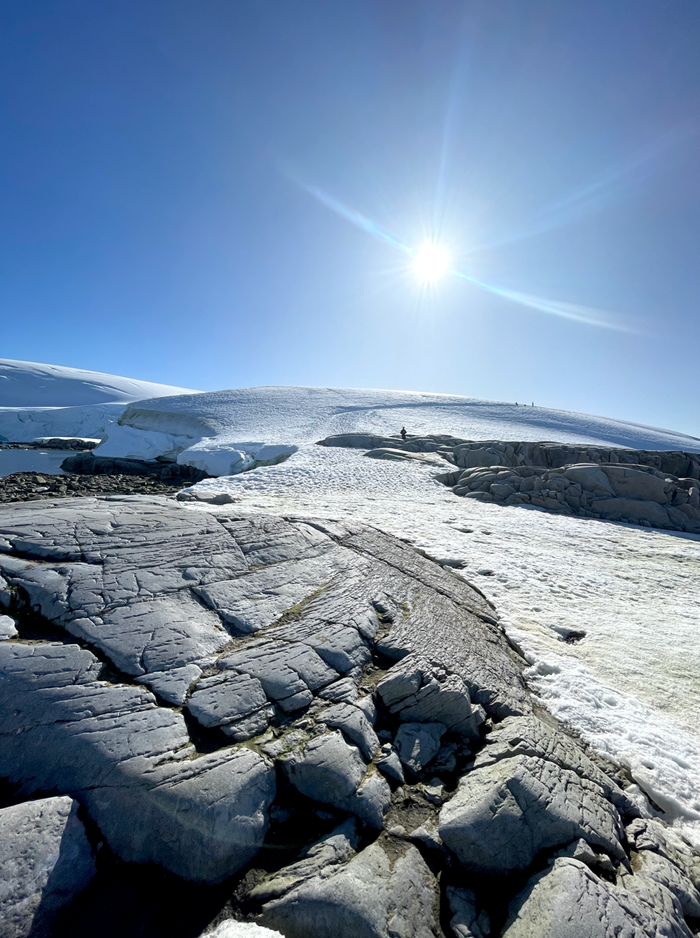
Glacial striations on bedrock (Source: Fang Yi Tan/Earth Observatory of Singapore)
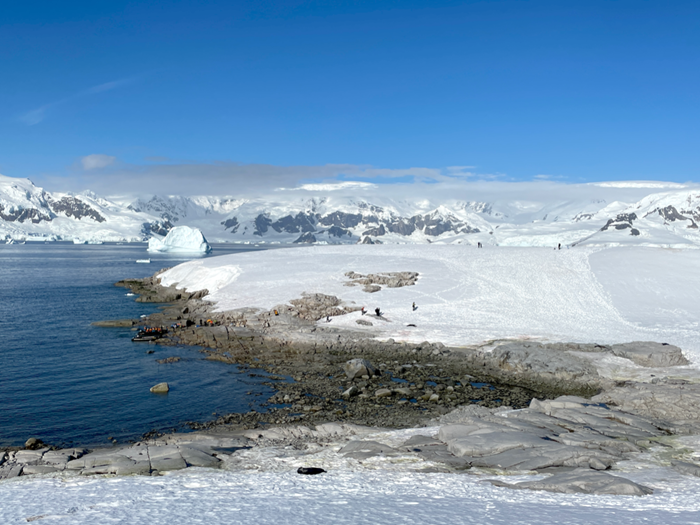
View of ice sheet at Portal Point (Source: Fang Yi Tan/Earth Observatory of Singapore)
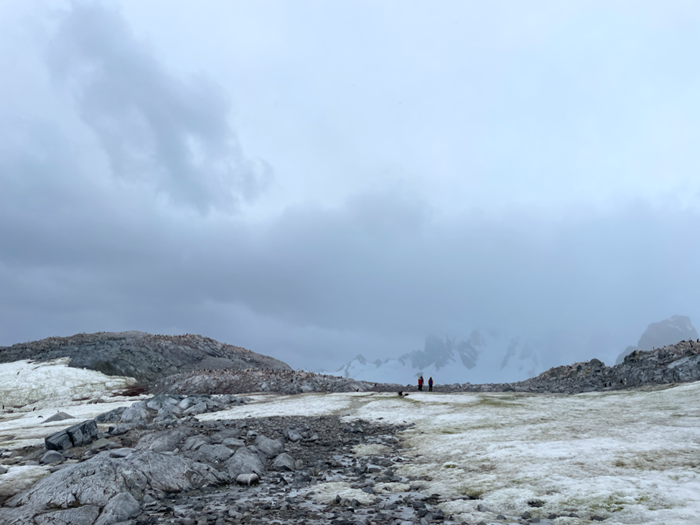
The weather took a quick turn on this day at Culverville Island (Source: Fang Yi Tan/Earth Observatory of Singapore)
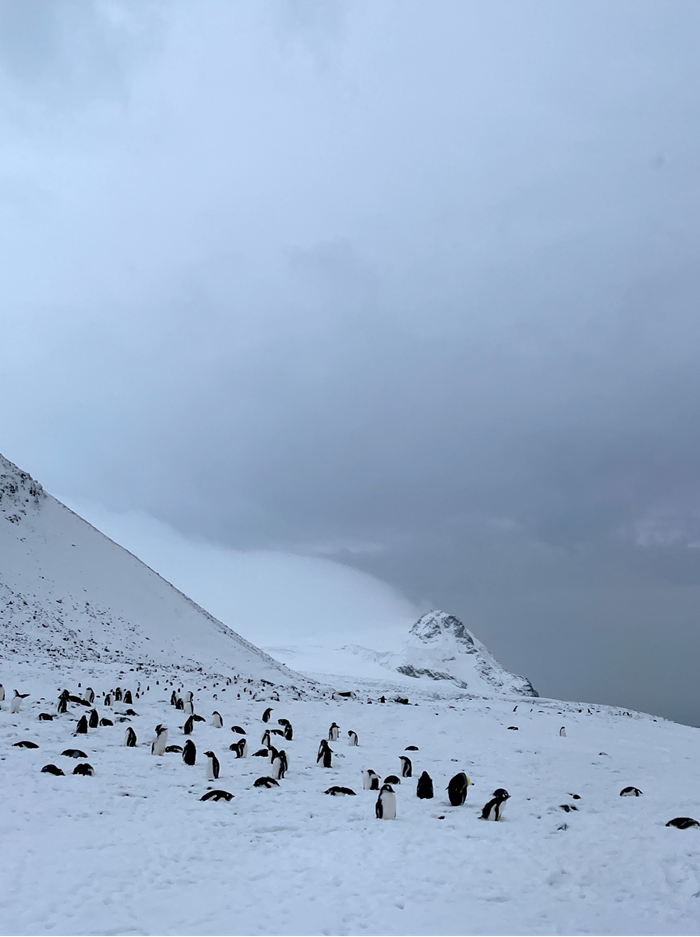
Gentoo Penguin colony joined by a King Penguin (Source: Fang Yi Tan/Earth Observatory of Singapore)
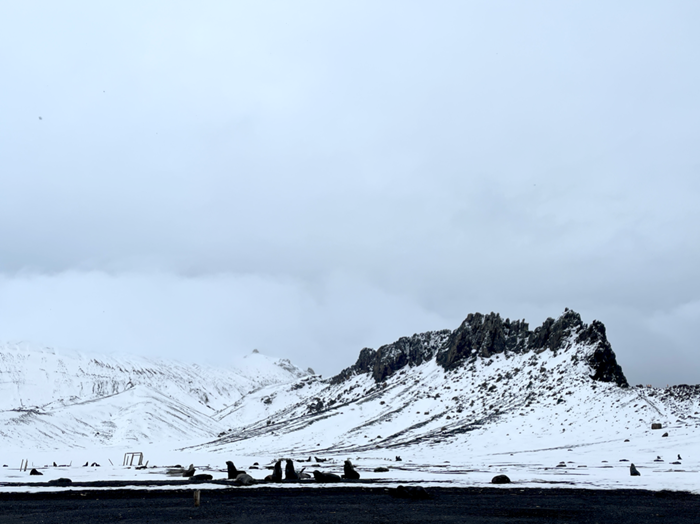
Group of fur seals at Deception Island (Source: Fang Yi Tan/Earth Observatory of Singapore)